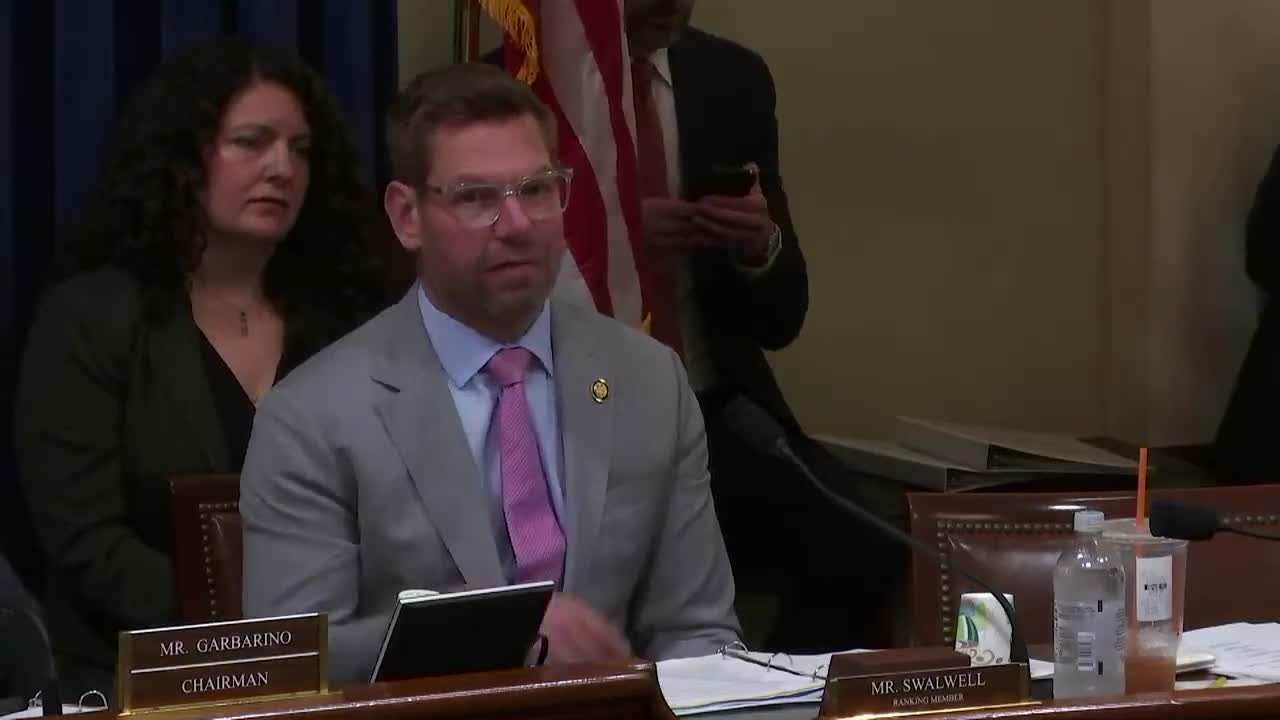
This article was created by AI using a video recording of the meeting. It summarizes the key points discussed, but for full details and context, please refer to the video of the full meeting. Link to Full Meeting
One of the key topics was the challenge of adopting AI for security purposes within federal agencies. Acknowledging the complexities involved, experts emphasized the necessity for enhanced workforce education to ensure that agencies can confidently integrate AI technologies. The conversation highlighted the unpredictable nature of cyber threats, where the demand for AI capabilities can surge unexpectedly, complicating budget planning and resource allocation for agencies.

Before you scroll further...
Get access to the words and decisions of your elected officials for free!
Subscribe for FreeTo mitigate these challenges, the committee discussed innovative IT acquisition models, such as the Continuous Diagnostics and Mitigation (CDM) program initiated by the Cybersecurity and Infrastructure Security Agency (CISA). This program aims to provide a buffer for agencies, allowing them to plan for fluctuating needs without the burden of uncertain costs. The consensus was clear: investing in cyber defense is essential, but determining who bears the financial responsibility remains a complex issue.
The dialogue then shifted to the implications of quantum computing, a field where Microsoft is making significant strides. Experts warned that adversaries could exploit quantum technology to decrypt sensitive data that has been captured but remains locked. This reality underscores the urgency for the U.S. to advance its capabilities in post-quantum cryptography. The need for "crypto agility"—the ability to swiftly adapt encryption methods to counteract emerging threats—was a focal point of the discussion. Microsoft’s ongoing research in this area was highlighted as a crucial step toward ensuring national security in the face of evolving technological challenges.
As the meeting concluded, it was evident that the intersection of AI and quantum computing presents both opportunities and risks. The committee's commitment to addressing these issues reflects a broader understanding of the need for proactive measures in safeguarding the nation’s cybersecurity landscape. The path forward will require collaboration, innovation, and a willingness to adapt to the rapidly changing technological environment.
Converted from Security to Model: Securing Artificial Intelligence to Strengthen Cybersecurity meeting on June 13, 2025
Link to Full Meeting
Comments
View full meeting
This article is based on a recent meeting—watch the full video and explore the complete transcript for deeper insights into the discussion.
View full meeting



